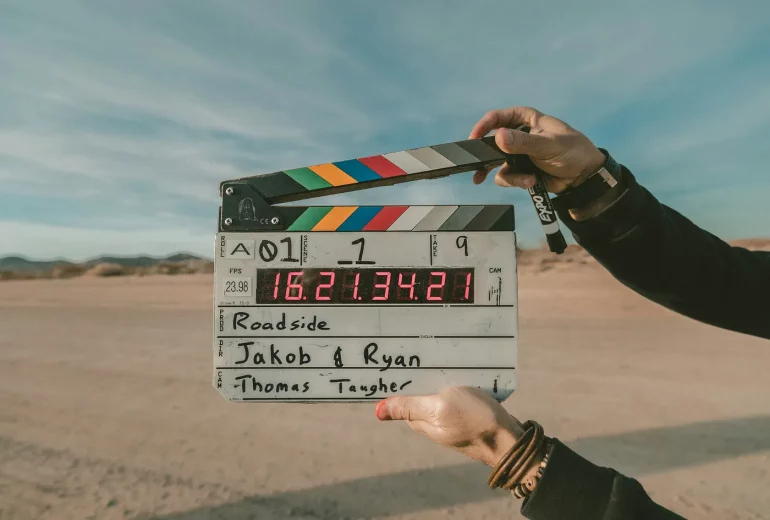- Video chaptering is essential for navigation, information retrieval, and summarization.
- Open-source solutions for automating chaptering are limited, while commercial tools exist.
- LLMs alone are unreliable for retaining timestamps or covering all sections in long transcripts.
- A custom workflow combines LLMs and TF-IDF to edit, structure, and timestamp transcripts effectively.
- The workflow often surpasses auto-generated chapters on platforms like YouTube.
- Different LLMs are used for text editing, paragraph structuring, and generating a table of contents.
- TF-IDF helps reintroduce timestamps after paragraph structuring.
- The process improves the format and usability of raw transcripts for various applications.
Main AI News:
Segmenting videos into chapters is more than just a helpful feature for navigation, as seen on platforms like YouTube; it’s foundational to a range of critical functions, from enhancing information retrieval through RAG semantic chunking to supporting tasks like referencing and summarization. Recently, I was assigned to automate video chaptering, only to discover a significant gap in available tools—especially in the open-source space. While commercial tools and premium APIs offer this capability, finding an open-source, robust, accurate, open-source solution proved challenging. If you know of such a tool, please contribute your suggestions.
You may be tempted to input a transcript into a large language model (LLM) to generate chapter titles. However, this method falls short for two primary reasons. First, LLMs often struggle to retain precise timestamp information, making it challenging to match chapter titles with corresponding video sections. Second, LLMs can overlook key content, especially when handling extensive transcripts.
To address these shortcomings, I developed a custom workflow that harnesses LLMs for several language processing tasks, ranging from text formatting and paragraph structuring to chapter segmentation and title creation. I also used TF-IDF statistics to reintroduce timestamp data after the paragraphs were structured.
This fusion of LLMs and TF-IDF has yielded an efficient process for transforming raw transcripts into structured documents while ensuring the timestamps remain intact. The workflow has consistently produced high-quality results, often rivaling or surpassing YouTube’s auto-generated chapters. Additionally, the tool can turn poorly formatted transcripts into clean, well-organized documents, as showcased in the accompanying example and hosted on a HuggingFace space.
The workflow follows several crucial steps: first, structuring the transcript into paragraphs, followed by grouping these paragraphs into chapters, which then serve as the foundation for a table of contents. Different LLMs may be employed in these steps—a faster, more affordable model like LLama 3 8B might handle text editing and paragraph identification. At the same time, a more advanced system such as GPT-4o-mini can generate a polished table of contents. Between these steps, TF-IDF is critical in ensuring timestamps correctly align with the newly structured paragraphs.
Conclusion:
The custom workflow that combines large language models (LLMs) and TF-IDF statistics for video chaptering presents significant opportunities for the market. With a clear gap in robust open-source solutions, this method offers an efficient alternative rivaling professional-grade tools. Companies and developers could adopt such workflows to enhance transcript processing, creating more sophisticated and user-friendly content navigation features. It also opens up new market opportunities for platforms that rely heavily on video content, as better chaptering solutions improve user engagement and satisfaction. Furthermore, the ability to customize and adapt the workflow could lead to developing specialized tools and services, potentially disrupting the market for paid APIs and professional solutions.

